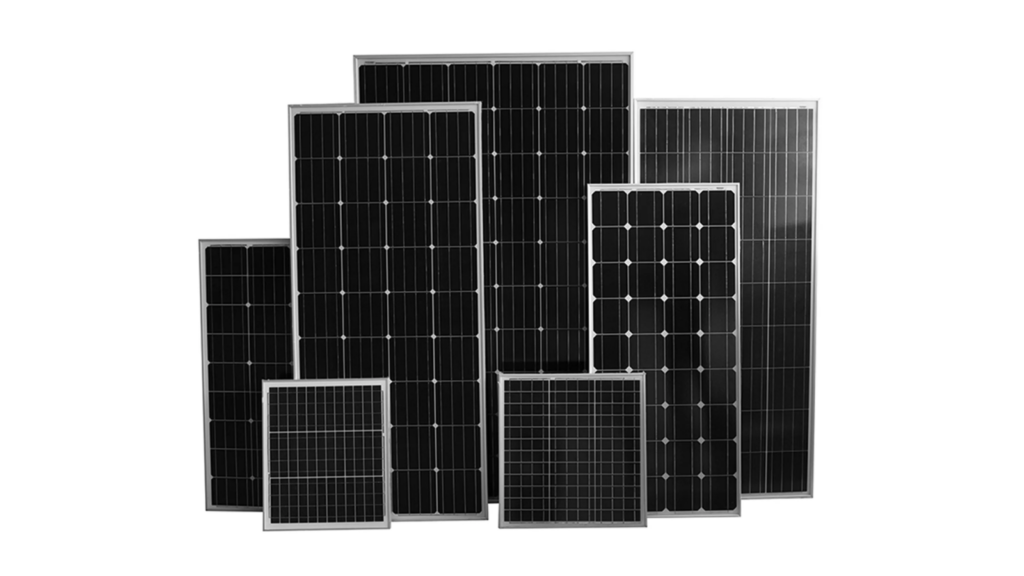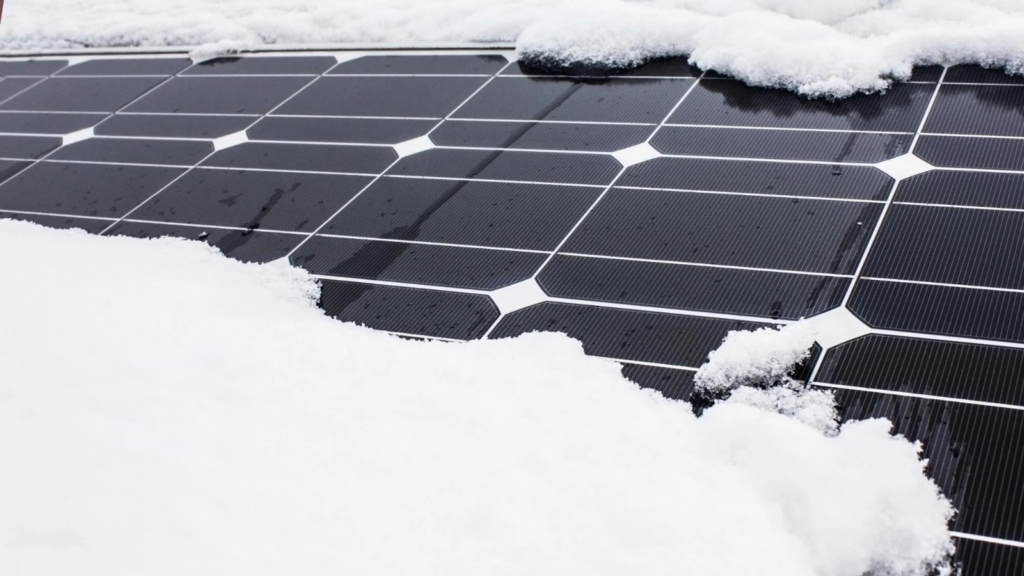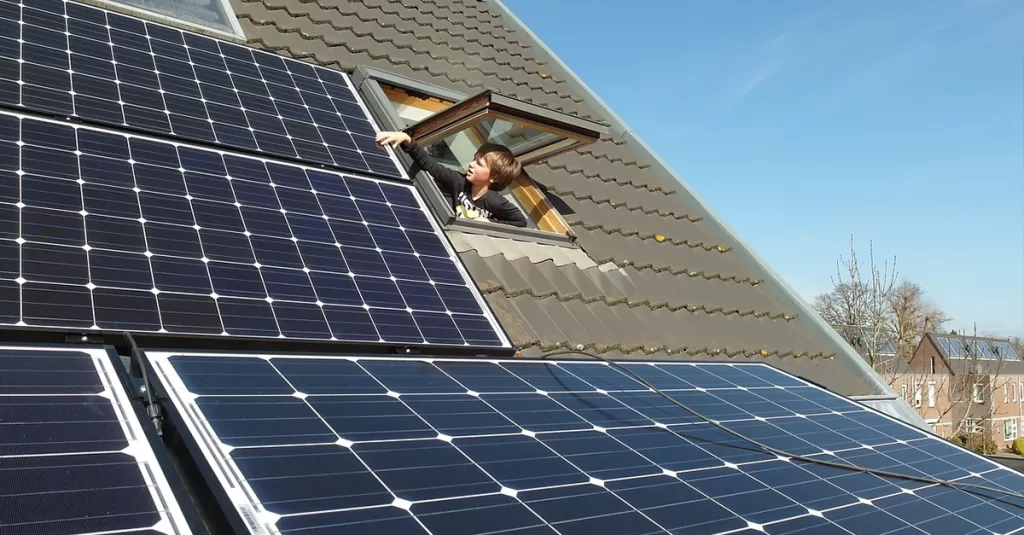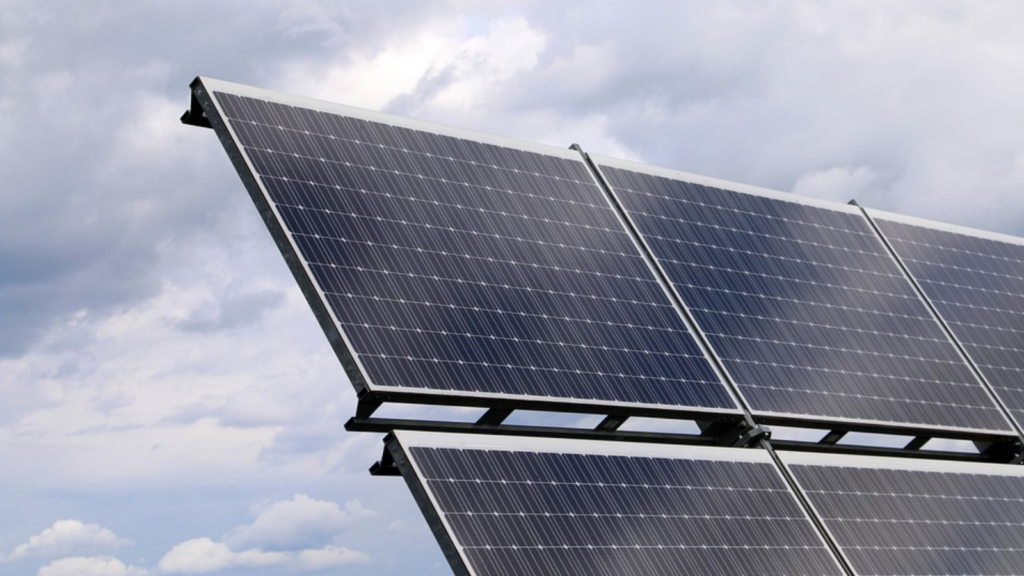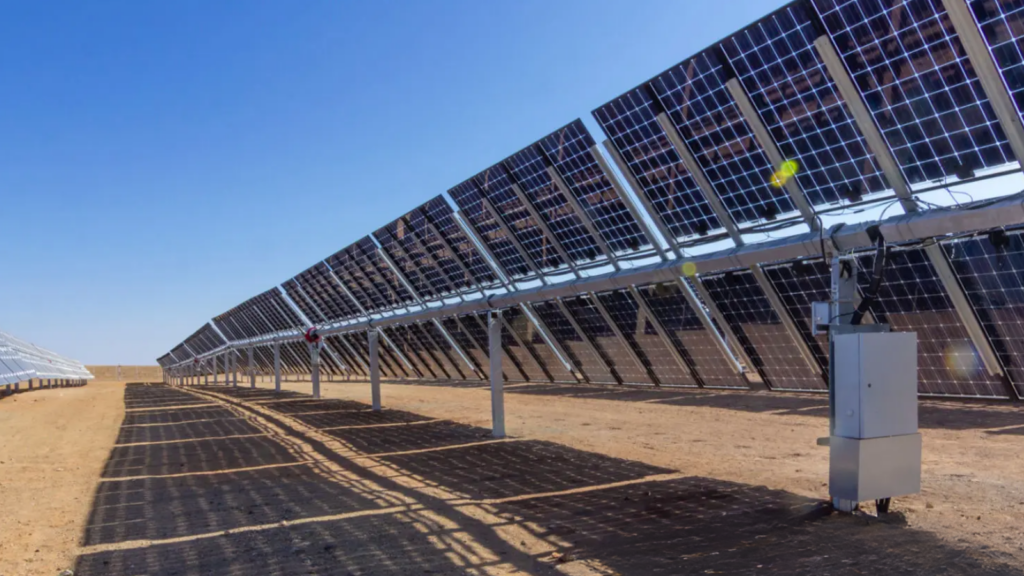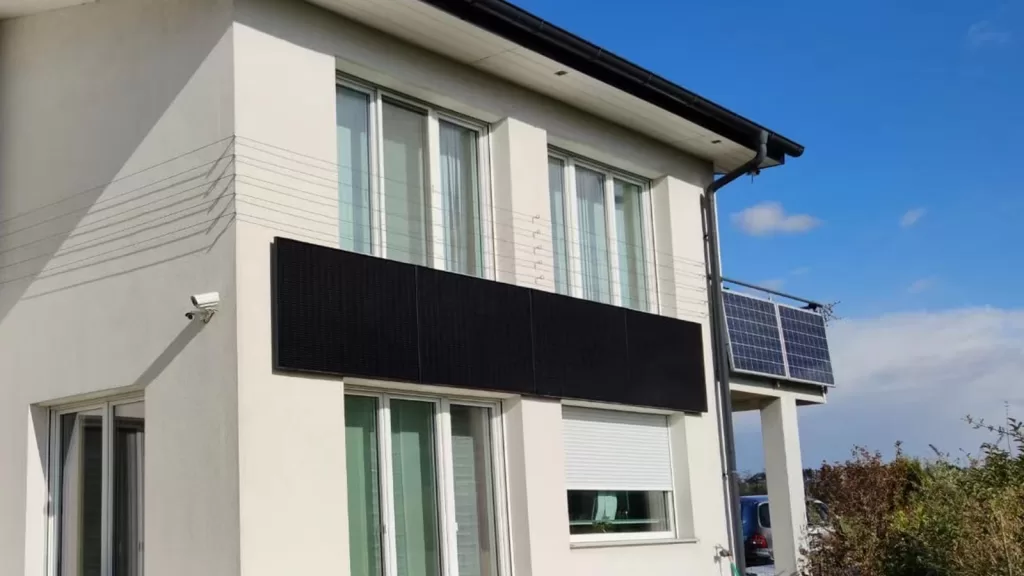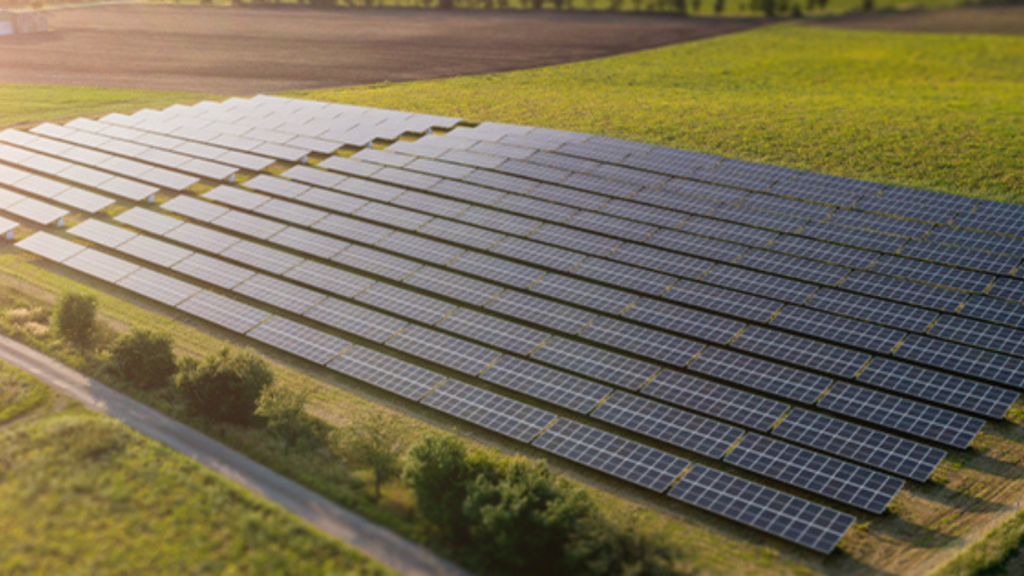Solar Panel Dimensions: What You Need to Know Before Installation
Discover the ideal solar panel sizes for your installation. Learn about common dimensions, types of panels, and space requirements for residential and commercial solar systems. Find out how panel size affects energy efficiency and space needs for optimal performance.

